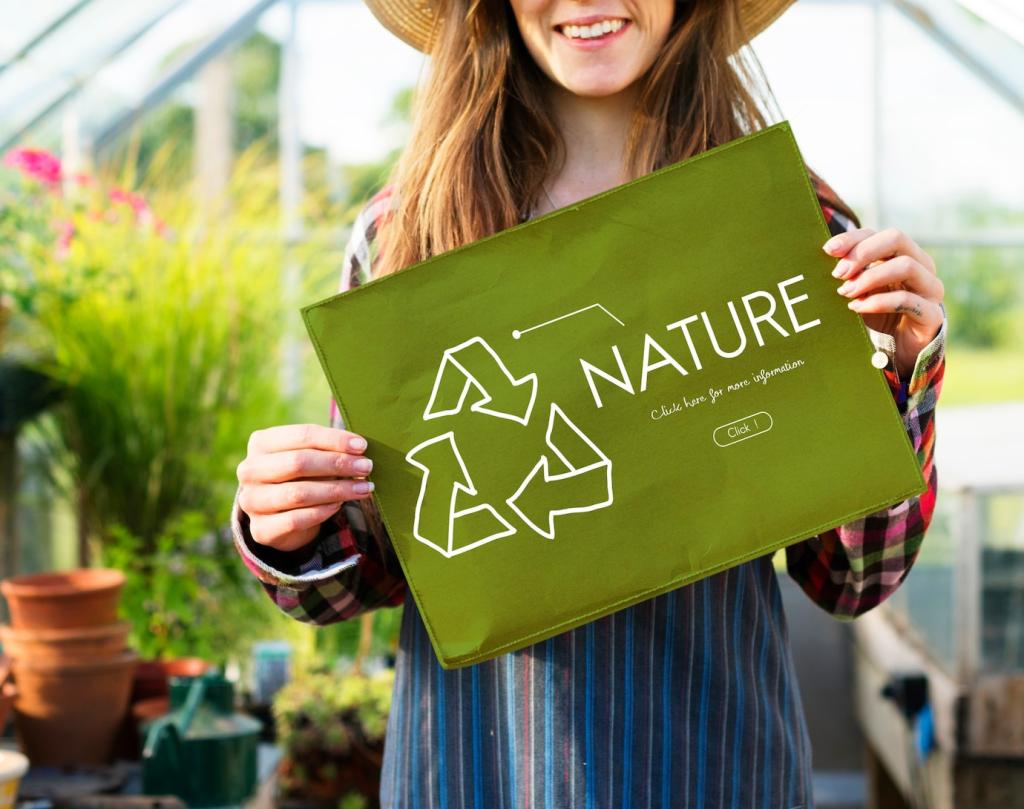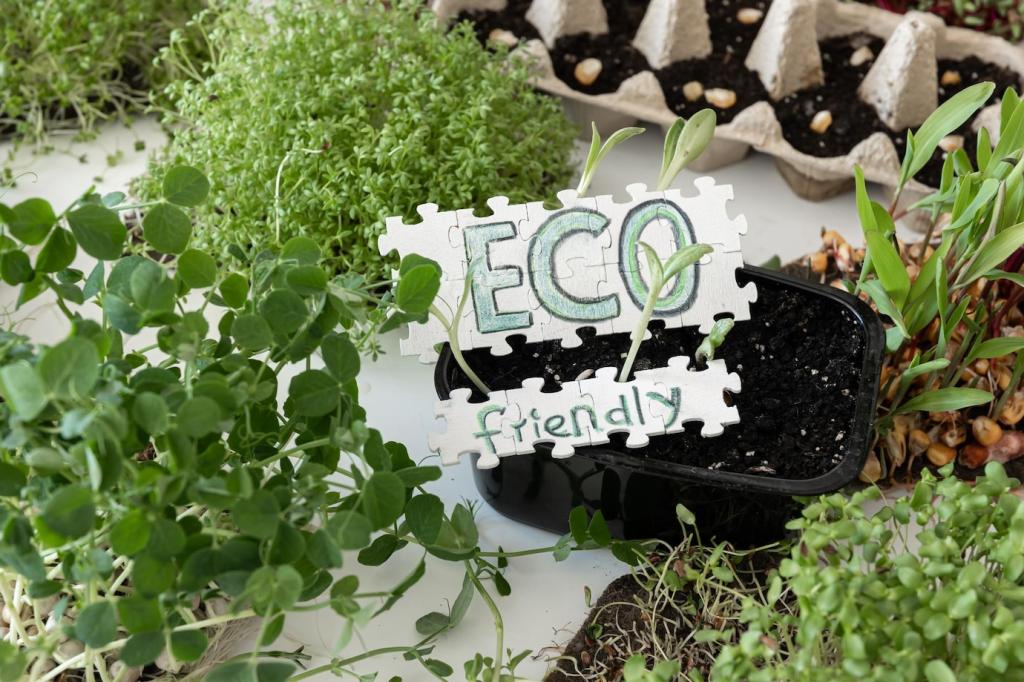Biodegradable Insulation: Keeping Homes Eco-Friendly and Warm
Welcome! Today’s home page celebrates Biodegradable Insulation: Keeping Homes Eco-Friendly and Warm—practical, renewable materials that lock in comfort, cut carbon, and make healthy, future-ready homes. Dive in, share your questions, and subscribe for hands-on guidance and inspiring stories.

Why Biodegradable Insulation Matters Now
Cellulose turns old newspapers into dense, draft-stopping blankets; recycled denim gives factory offcuts a second life; hemp fibers fill stud bays with springy resilience. Each path diverts waste, reduces embodied carbon, and creates comfortable rooms where family stories, not energy bills, take center stage.
Why Biodegradable Insulation Matters Now
Expect R-values in the mid‑3s per inch for many biodegradable options, with dense-pack cellulose adding strong air resistance. Wool buffers humidity, cork tackles sound and thermal bridging, and hemp batts fit snugly. Combine adequate thickness with air sealing to meet your climate zone’s performance targets confidently.

Know Your Materials: Cellulose, Wool, Hemp, Cork, and Mycelium
Blown cellulose excels at filling irregular cavities and reducing air movement when properly dense-packed. Borate treatments enhance fire and pest resistance with low toxicity. In retrofits, small access holes enable quick installation, transforming leaky walls and attics into snug, energy-saving envelopes without major demolition.
Designing High-Performance, Breathable Assemblies
Favor vapor-open interiors with smart membranes that tighten in winter and relax in summer, letting assemblies dry in both directions. Combine capillary-active materials with careful flashing and rain screens so walls can shed bulk water, buffer humidity, and keep biodegradable fibers protected for the long haul.

Installation Stories and Real-World Lessons
A 1950s Bungalow, Reborn with Cellulose
We dense-packed wall cavities through small exterior holes, then topped the attic with a thick blanket of cellulose. Drafts disappeared; the furnace cycled less; the owner reported quieter rooms and steadier temperatures. Share your retrofit goals below, and we’ll point you toward safe, step-by-step approaches.


Snow Country Comfort with Wool Batts
A mountain cabin swapped fiberglass for wool batts, plus a smart vapor retarder. Winter mornings felt gentler, with fewer window condensation issues. The owners loved installing a natural material by hand. Thinking about a similar swap? Comment with your climate and wall type for tailored tips.
Health, Safety, and Code Considerations
Indoor Air Quality You Can Breathe Easy About
Many biodegradable products are low-odor and low-VOC, helping sensitive occupants feel at ease. Borate-treated cellulose is widely regarded as a low-toxicity option. Always review product disclosures, ventilate during installation, and pair with balanced mechanical ventilation for homes that smell fresh and feel restorative.
Fire, Pests, and Peace of Mind
Fire testing and safe treatments matter. Wool chars and self-extinguishes, cellulose uses mineral fire retardants, and cork performs predictably. Borates also deter insects. Verify listed ratings and follow manufacturer details at chimneys, cans, and clearances to keep assemblies safe while preserving breathable, natural performance.
Navigating Approvals with Confidence
Look for recognized certifications and evaluation reports, and coordinate early with inspectors. Share spec sheets, R-values, and fire ratings. When everyone understands the material, approvals smooth out. Need a template for your submittal packet? Drop a request below and we’ll send a ready-to-use checklist.
End-of-Life, Circularity, and Responsible Choices
Choose mechanical fasteners, avoid messy adhesives, and label layers. When assemblies are easy to open, it’s easy to repair, upgrade, or reclaim materials. This mindset turns maintenance into stewardship and keeps valuable fibers out of landfills when the house evolves years down the road.
End-of-Life, Circularity, and Responsible Choices
Cellulose can often be reclaimed or reprocessed; untreated natural fibers may be compostable where local rules allow. Some products use benign fire treatments, others require specialized handling. Ask suppliers about take-back programs and your municipality about options. Share what you learn to help the community improve.
